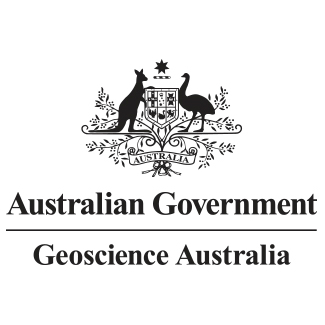Brief description
Although the Canning Basin has yielded minor gas and oil within conventional and unconventional reservoirs, the relatively limited geological data available in this under-explored basin hinder a thorough assessment of its hydrocarbon potential. Knowledge of the Paleozoic Larapintine Petroleum Supersystem is restricted by the scarcity of samples, especially recovered natural gases, which are limited to those collected from recent exploration successes in Ordovician and Permo-Carboniferous successions along the margins of the Fitzroy Trough and Broome Platform. To address this shortcoming, gases trapped within fluid inclusions were analysed from 121 Ordovician to Permian rock samples (encompassing cores, sidewall cores and cuttings) from 70 exploration wells with elevated mud gas readings. The molecular and carbon isotopic compositions of these gases have been integrated with gas compositions derived from open-file sources and recovered gases analysed by Geoscience Australia. Fluid inclusion C1–C5 hydrocarbon gases record a snapshot of the hydrocarbon generation history. Where fluid inclusion gases and recovered gases show similar carbon isotopes, a simple filling history is likely; where they differ, a multicharge history is evident. Since some fluid inclusion gases fall outside the carbon isotopic range of recovered gases, previously unidentified gas systems may have operated in the Canning Basin. Interestingly, the carbon isotopes of the fluid-inclusion heavy wet gases converge with the carbon isotopes of the light oil liquids, indicating potential for gas–oil correlation. A regional geochemical database incorporating these analyses underpins our re-evaluation of gas systems and gas–gas correlations across the basin. Citation: Boreham, C.J., Edwards, D.S., Sohn, J.H., Palatty, P., Chen, J.H. and Mory, A.J., 2020. Gas systems in the onshore Canning Basin as revealed by gas trapped in fluid inclusions. In: Czarnota, K., Roach, I., Abbott, S., Haynes, M., Kositcin, N., Ray, A. and Slatter, E. (eds.) Exploring for the Future: Extended Abstracts, Geoscience Australia, Canberra, 1–4.Lineage
Maintenance and Update Frequency: asNeededNotes
Purposeanalytical data
Created: 27 03 2020
Issued: 18 06 2020
text: westlimit=120.00; southlimit=-25.00; eastlimit=129.00; northlimit=-16.00
User Contributed Tags
Login to tag this record with meaningful keywords to make it easier to discover
Extended Abstract for download (pdf) [1.7MB]
uri :
https://d28rz98at9flks.cloudfront.net/135207/135207_00_1.pdf![]()
- DOI : 10.11636/135207

- URI : pid.geoscience.gov.au/dataset/ga/135207

- global : c8ad1aa8-312b-4fd6-8698-40c3b7c81d4f


